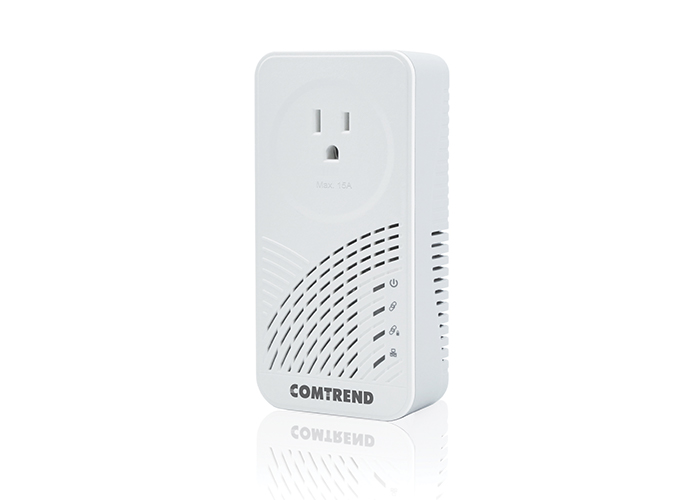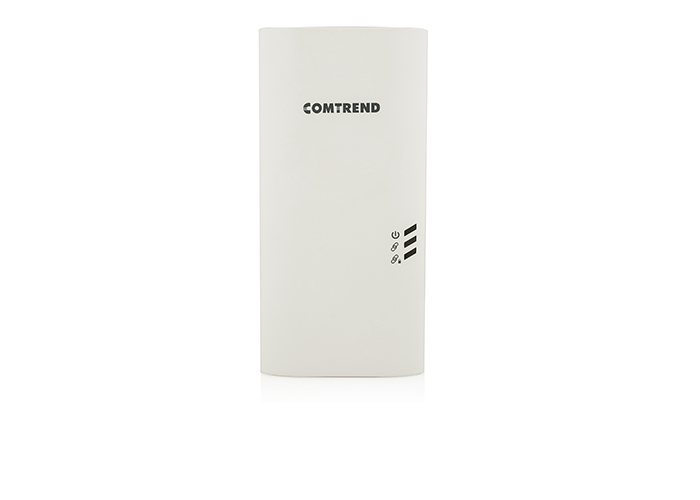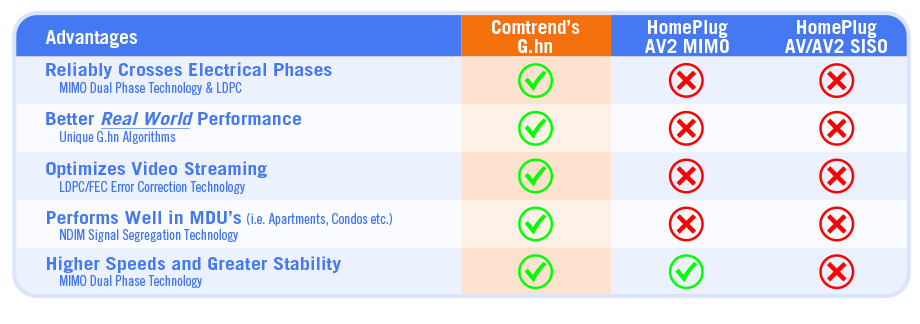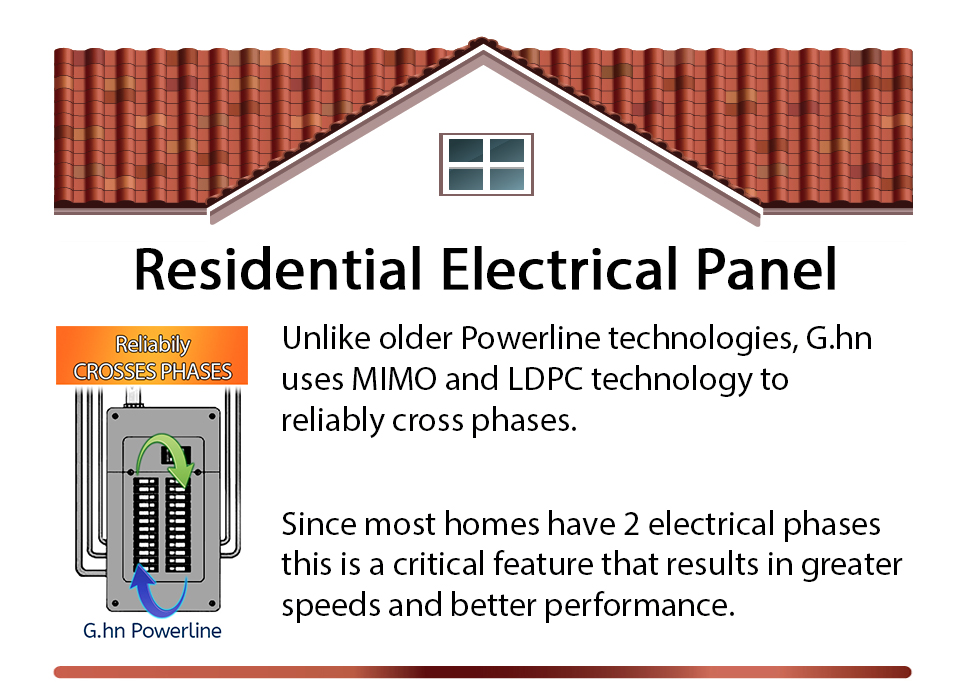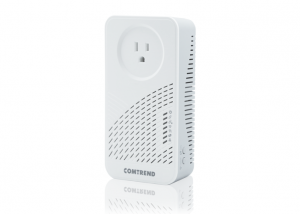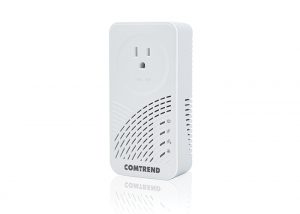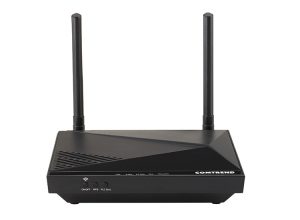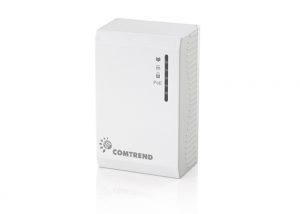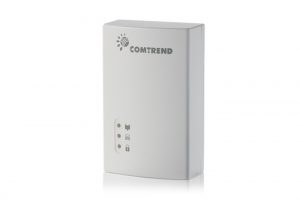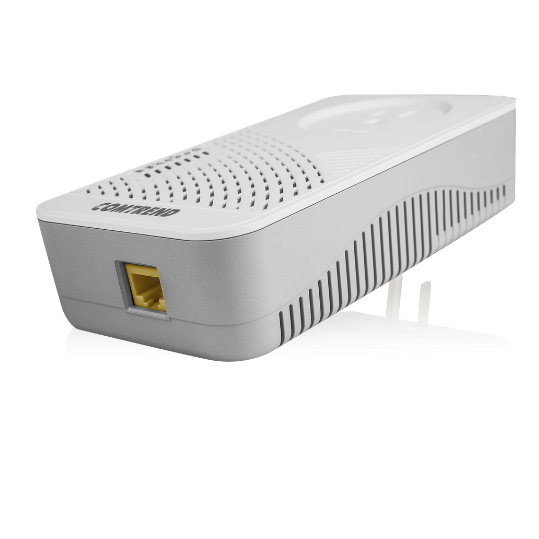

Introducing: G.hn Powerline Wave 2
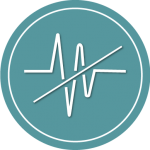
Quick Noise Adaptation
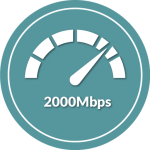
2000Mbps PHY Rate
G.hn Powerline Wave 2 Has Arrived
G.hn Wave 2 achieves next generation speeds of up to 2000Mbps. With new Quick Noise Adaptation (QNA) technology, G.hn Wave 2 offers 5x faster noise detection for better performance via lower latency for jitter-sensitive applications

Our Wave 2 G.hn Powerline Adapters
G.hn Powerline Overview
Powerline Brings Internet to Every Electrical Outlet
Powerline Adapters make it possible to achieve the speed and security of a wired connection anywhere in the home, without the messy additional wiring.
Using the existing electrical wires in the home, Powerline transforms every outlet into an Internet Access Point.
A G.hn Powerline Network
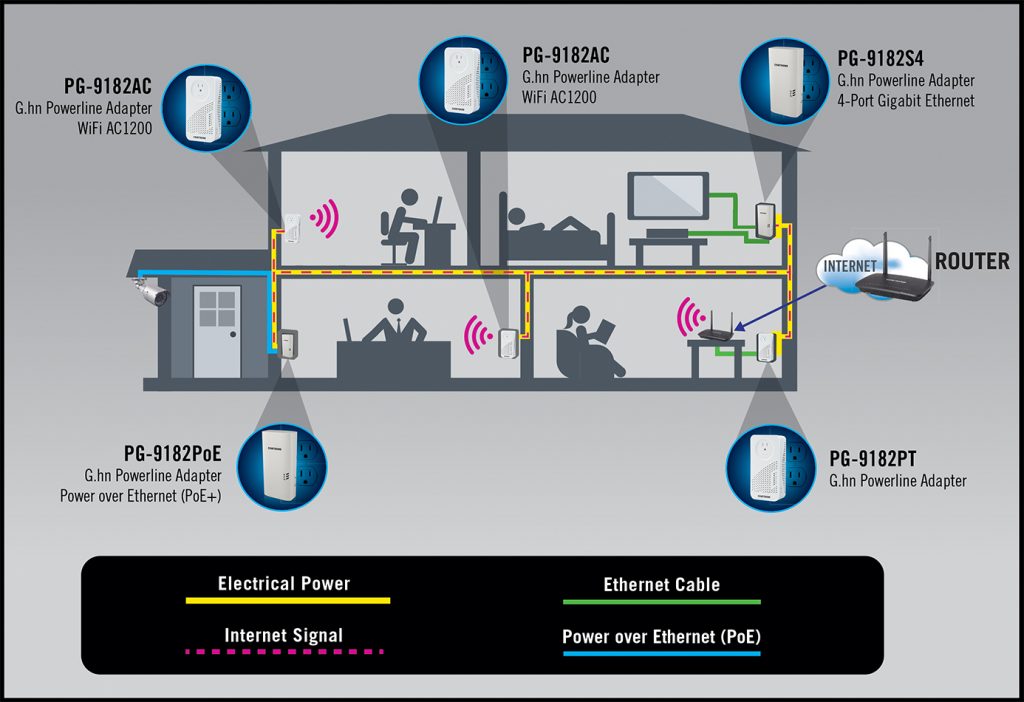
A Powerline network requires two or more Powerline Adapters.
One Adapter is connected to the router, and the other Adapters are placed where you need to:
Expand Ethernet Connectivity
Bring a secure, Wired Ethernet Connection to remote rooms within the home/office via the electrical wiring.

Extend Wireless
Coverage
Bring a secure, Wired Ethernet Connection to remote rooms within the home/office via the electrical wiring.

Deliver Data Connectivity & Power
Bring a secure, Wired Ethernet Connection to remote rooms within the home/office via the electrical wiring.

G.hn is the Superior Powerline Option
Older Powerline Technology could not reliably cross electrical phases which resulted in poor performance. G.hn, through the use of new technologies and standards, is able to achieve better real-world performance.
Advantages of G.hn Powerline
Reliably Crosses Electrical Phases
G.hn Powerline FAQ
- Yes, compared to older HPAV SISO technology, which did not cross phases, G.hn uses MIMO technology to cross phases efficiently.
- Though HPAV2 MIMI also allows you to cross phases, G.hn plus LDPC/FEC Error Correction Technology maximizes real-world performance across electrical phases.
Yes, it can cross breaker panels, but there is going to be a significant drop in performance.
Wave 1:
- Max PHY data rate (maximum theoretical throughput) = 1000Mbps (1Gbps)
- Max Net data rate (available for application in ideal conditions)= 500Mbps
- Guaranteed data rate (available in 90% of cases) =60Mbps
- No Ground Wire = up to 80Mbps.
- You can still cross phases without a ground wire, but there is a substantial drop in performance.
- The greater the distances the lower the signal strength and a reduction in speed/performance can be anticipated.
- Comtrend’s GCA-6000 Coax G.hn Adapter will out perform Comtrend’s Powerline Adapters when deployed on unused Coax.
- Although you will still have a maximum performance of 600Mbps, the overall range is much farther.
- Additionally, interference on an unused Coaxial line is likely to be much lower and much more predictable.
- At extreme distances of 4,500 feet, the GCA-6000 can deliver 100Mbps.
- Yes, low latency is a benefit of G.hn. The new powerline standard was designed to make the transmission of video packets as “efficient” as possible. In addition to leveraging technology such as FEC, G.hn uses a technique where transmission time slots are reserved before packets are sent, providing guaranteed bandwidth for QoS-sensitive applications such as video. Whereas in older technology, packets collide creating latency, jitter, and packet loss, all requiring retransmission, resulting in lower video performance (this is similar to the benefits of TDMA over CSMA technology).
- G.hn’s paradigm allows video transmissions to be sent accurately the first time to ensure a high quality video experience versus the lag that occurs in video if signals are retransmitted multiple times (which is acceptable for transmission of data).
- Although you will still have a maximum performance of 600Mbps, the overall range is much farther.
- Additionally, interference on an unused Coaxial line is likely to be much lower and much more predictable.
- At extreme distances of 4,500 feet, the GCA-6000 can deliver 100Mbps.
- You can still get great performance on an old wire depending on the environment.
- If the wire is damaged or not up to “code,” it would be impossible to give an estimate on the performance across that power grid.
- Yes. When in an Apartment environment, securing the devices is recommended. Node limit may still apply, depending on the design.
- G.hn has innate architectural benefits related to reducing the impact of interference particularly when there are other competing transmission technologies within a single electrical transformer (there can be multiple homes within a single transformer),
- Powerline interference can occur within the neighborhood of closely grouped single family homes, but it is especially troubling in living areas that are separated electrically only by an electric meter. (eg. in Apartments, Office Buildings, Condos, Hotels, Dormitories, etc.).
- While “Neighbor Network” environments have become a challenge for older Powerline technologies, G.hn algorithms isolate neighboring networks achieving better performance and a more secure connection over older Powerline technologies.
Yes, G.hn Powerline will work with just two prong power grids, but you will not get the best performance available. If there is no ground wire, you can expect up to 80Mbps of performance.
Yes, if you login to the UI you can see the Phy rate (image below).

Through G.hn Powerline User Interface you can perform the following actions:
- Reboot the unit
- Check the Ethernet (LAN) interface connection speed, duplex, MAC, enable/disable
- Pull the statistics for the Powerline Adapter that is connected to the Gateway and see what the link rates of the other Powerline Adapters are to the device
- Identify if one adapter is having slow throughput
- Check the performance on G.hn links
- Ping Diagnostics
- Yes, the G.hn technology can be used in either a residential or commercial environment and can support up to 16 nodes within a network.
- G.hn’s industry-leading noise cancellation technology can filter out most interference generated by commercial machines.

